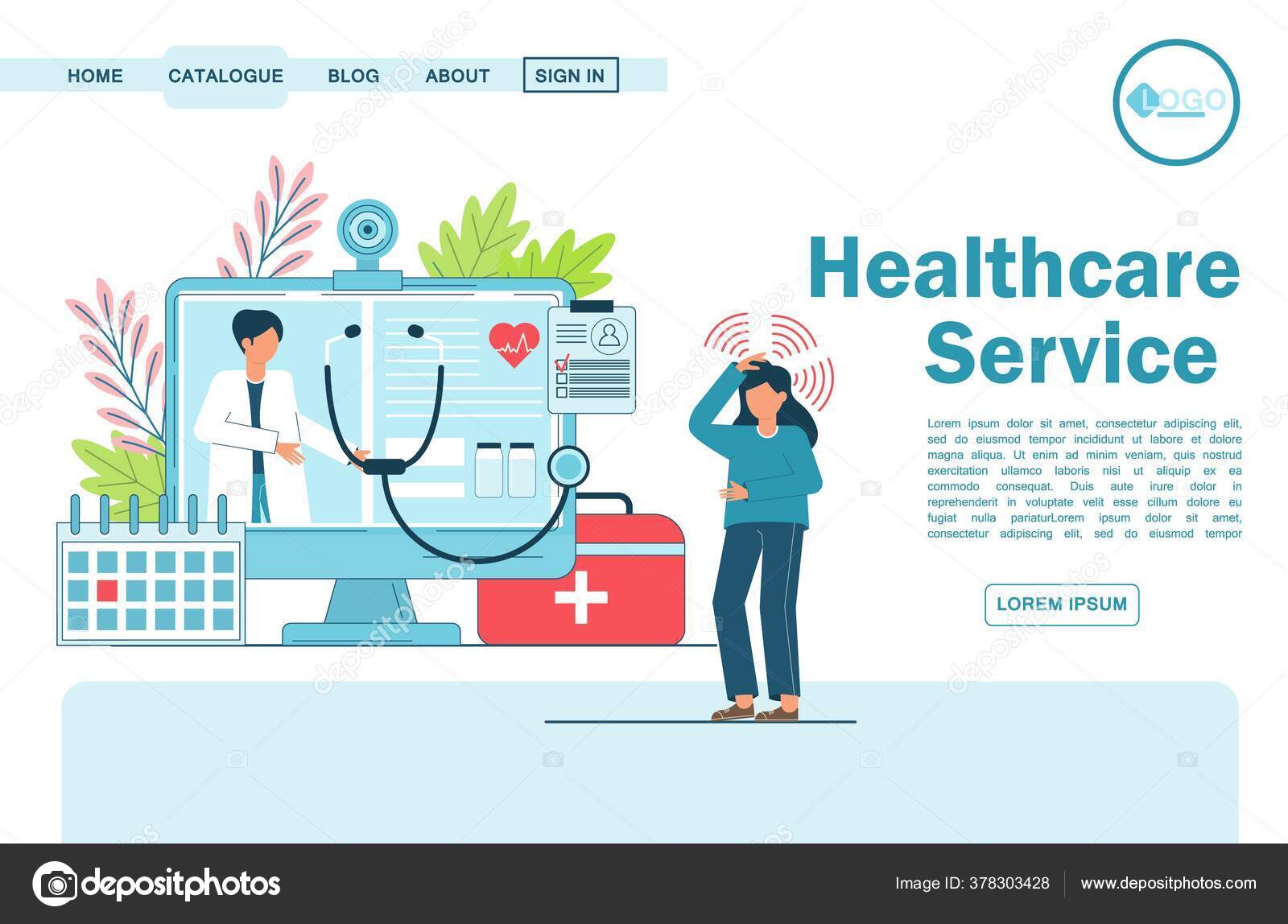Comprehending the Cost Savings of Subscription Based Healthcare for Families
Comprehending the Cost Savings of Subscription Based Healthcare for Families
Blog Article
The Surge of Subscription-Based Health Care and Its Effect On Individual Care
As health care evolves, the subscription-based model is acquiring traction, promising to change client care by supplying predictability and accessibility. The potential for these models to reshape health care distribution increases pushing inquiries about their long-lasting sustainability and inclusivity. Are these registration solutions the future of health care, or do they risk leaving susceptible populations behind?
Comprehending Subscription Health Care Versions
Comprehending the concept of membership medical care designs includes checking out a transformative technique to medical services that emphasizes price and availability. These versions, commonly described as direct health care (DPC) or concierge medicine, have become ingenious options to traditional fee-for-service healthcare systems. Membership healthcare allows patients to pay a fixed month-to-month or annual cost for a defined collection of medical solutions, which might include endless office brows through, regular examinations, and standard lab tests, without the requirement for standard insurance coverage billing.
The structure of membership healthcare designs is developed to enhance client treatment by removing third-party payers and complex invoicing codes, consequently reducing administrative concerns. Doctor can concentrate a lot more on patient treatment, promoting more powerful patient-provider connections. This design also promotes preventative treatment by motivating routine gos to, as the financial challenge of per-visit fees is removed.
The membership model frequently encourages doctor to handle smaller sized individual panels, enabling even more individualized treatment. It straightens monetary motivations with person wellness results, as companies are motivated to preserve individual satisfaction and health. Overall, understanding registration medical care designs requires identifying their potential to reshape just how care is delivered and accessed.
Benefits for Patients and Carriers

For providers, subscription-based versions supply the chance to strengthen patient-provider relationships. With a stable profits stream, medical care specialists can devote even more time per patient, bring about an extra customized and complete care experience. This model likewise lowers reliance on high individual quantities, easing burnout and improving task satisfaction. Furthermore, the emphasis on precautionary care within registration strategies can bring about much better person end results and decreased lasting health care expenses. By concentrating on constant treatment, providers can attend to issues prior to they rise, inevitably profiting the healthcare system overall by reducing the concern on emergency situation and acute treatment services.
Difficulties and Concerns
While subscription-based healthcare versions present numerous benefits, they also come with a collection of challenges and issues that must be dealt with. This raises ethical concerns regarding equitable access to healthcare services.
Financial sustainability of subscription-based models is one more worry. Service providers should balance the fixed revenue from memberships with the variable costs of medical care services, which may rise and fall due to unexpected clinical requirements. This can create pressure to restrict services or increase costs, potentially affecting person complete satisfaction and care quality.
Furthermore, regulative oversight of subscription-based health care designs is still developing. The lack of standardized frameworks can result in inconsistent solution quality and accountability, making complex efforts to make sure individual defense. The combination of technology-- typically a cornerstone of these designs-- Website raises concerns regarding data privacy and protection, as sensitive patient details could be at risk to violations. Attending to these difficulties is vital for the successful and equitable application of subscription-based health care.
Effect On Patient-Doctor Relationships
One substantial impact of subscription-based medical care designs on patient-doctor partnerships is the potential for enhanced connection and personalized treatment. By embracing a membership model, doctors can handle a smaller sized client panel, enabling even more dedicated time with each person. This raised accessibility fosters a much deeper understanding of a client's clinical history, way of living, and preferences, enabling much more customized therapy strategies and interventions.

Nonetheless, it is important to recognize that while subscription-based designs might benefit those who can manage them, they might inadvertently widen advice medical care disparities. People who are unable to take part in these versions might experience lower access to customized care, possibly impacting their connections with doctor. Therefore, while the subscription model supplies appealing benefits for patient-doctor connections, it likewise presents difficulties that need to be addressed to ensure equitable medical care accessibility.
Future of Health Care Access

The role of modern technology can not be forgotten in this improvement. Telemedicine platforms and digital wellness documents facilitate seamless communication between patients and medical care providers, breaking down geographical and logistical obstacles. Furthermore, improvements in man-made intelligence and information analytics can better customize treatment by anticipating client needs and maximizing therapy plans.
Nevertheless, the future of healthcare accessibility also provides difficulties, such as making certain equity across different socio-economic groups. Policymakers and healthcare service providers must work together to bridge the digital divide, making sure that subscription-based designs continue to be inclusive and budget-friendly. As these systems mature, they hold the guarantee of making medical care a lot more easily accessible, reliable, and patient-centric.
Final Thought
Subscription-based healthcare models are reshaping patient treatment by providing a steady cost framework and enhancing availability. The surge of subscription-based medical care motivates proactive person interaction, which has the possible to boost individual end results and contentment, signifying a transformative shift in health care delivery.
As health care develops, the subscription-based design is getting traction, assuring to change client treatment by supplying predictability and ease of access.Subscription-based medical care designs use distinct benefits for both patients and carriers, improving the total medical care experience.As health care systems advance, the future of healthcare access regularly hinges on the integration of cutting-edge versions and innovations.Subscription-based medical care designs are improving person care by giving a stable price structure and enhancing accessibility. The increase of subscription-based medical care motivates proactive patient interaction, which has the potential to enhance client end results and satisfaction, indicating a transformative shift in medical care distribution.
Report this page